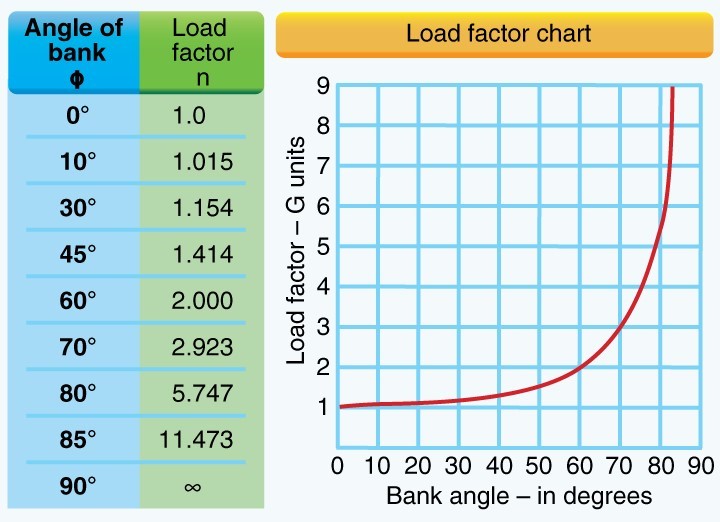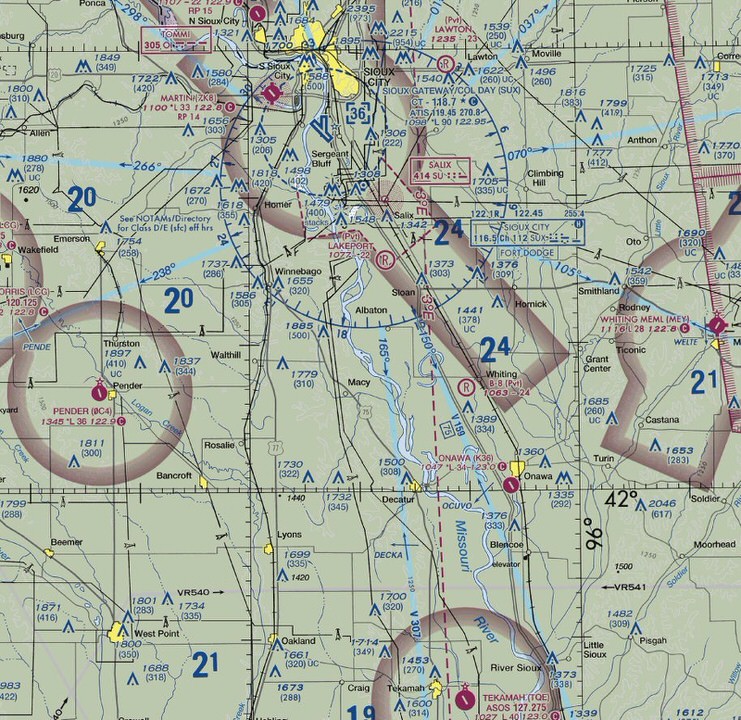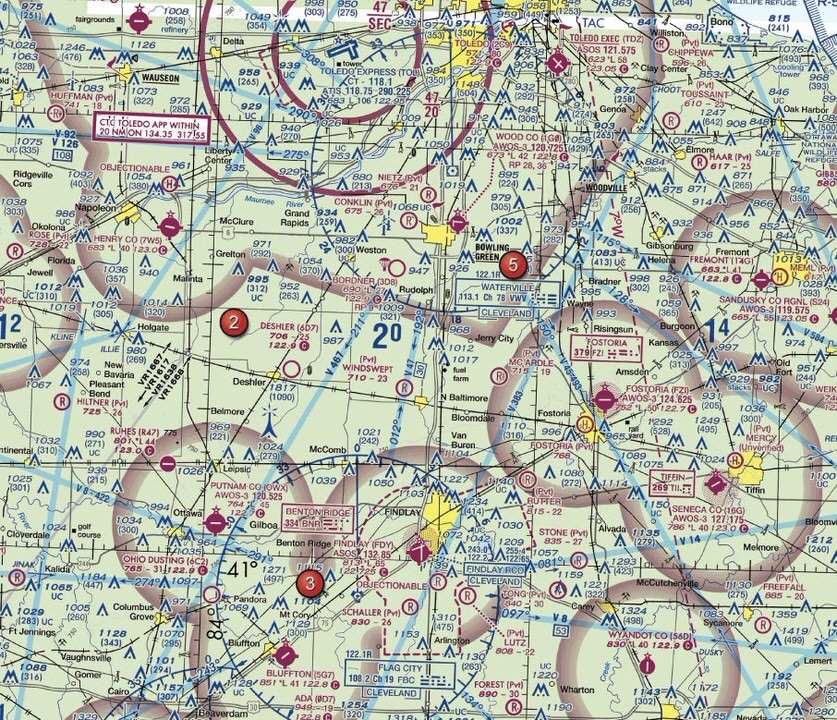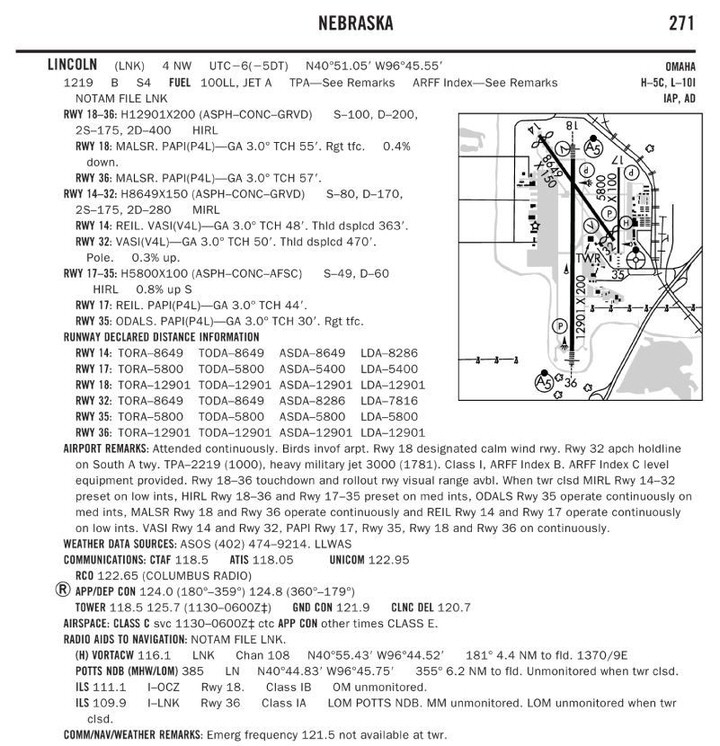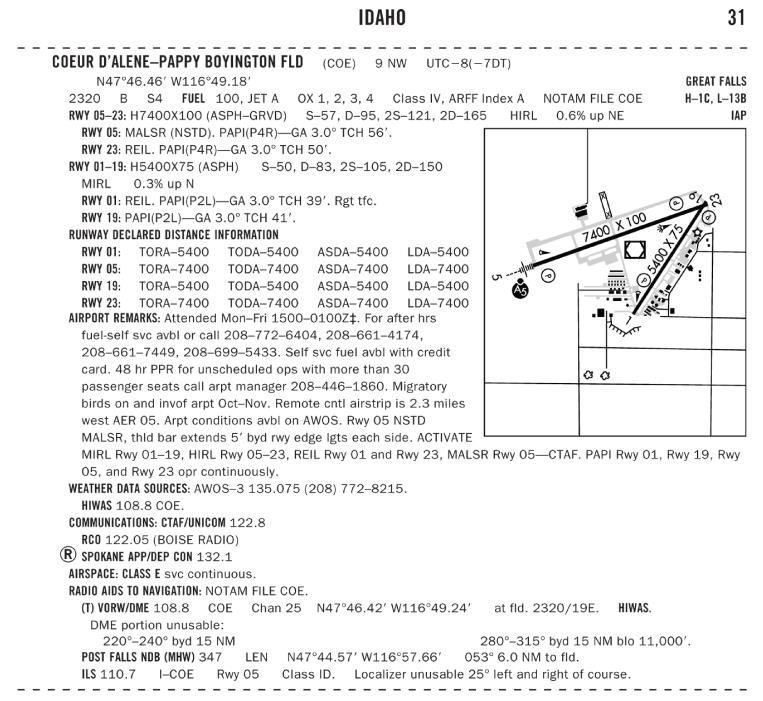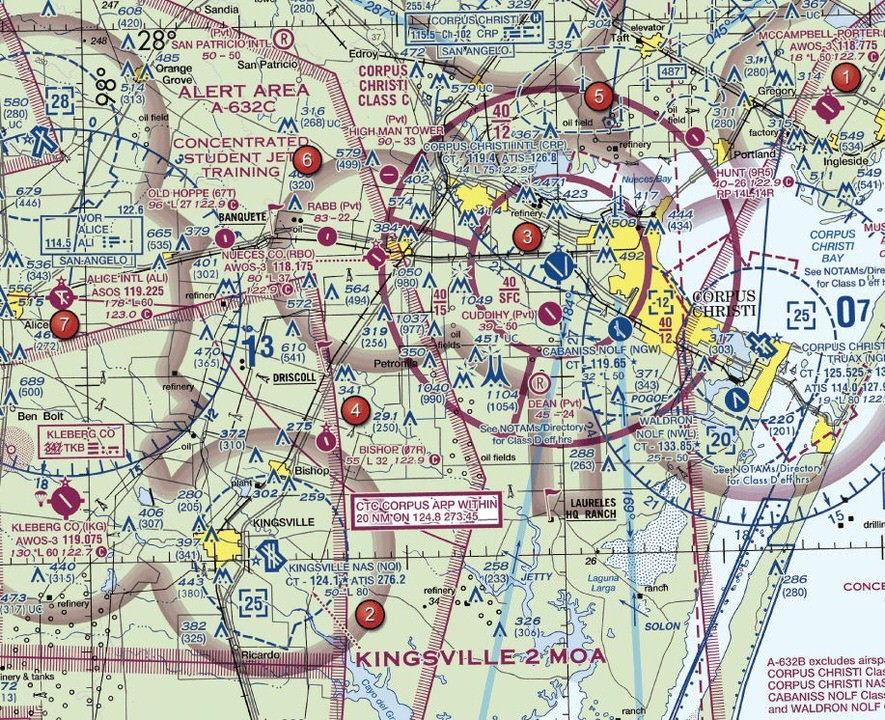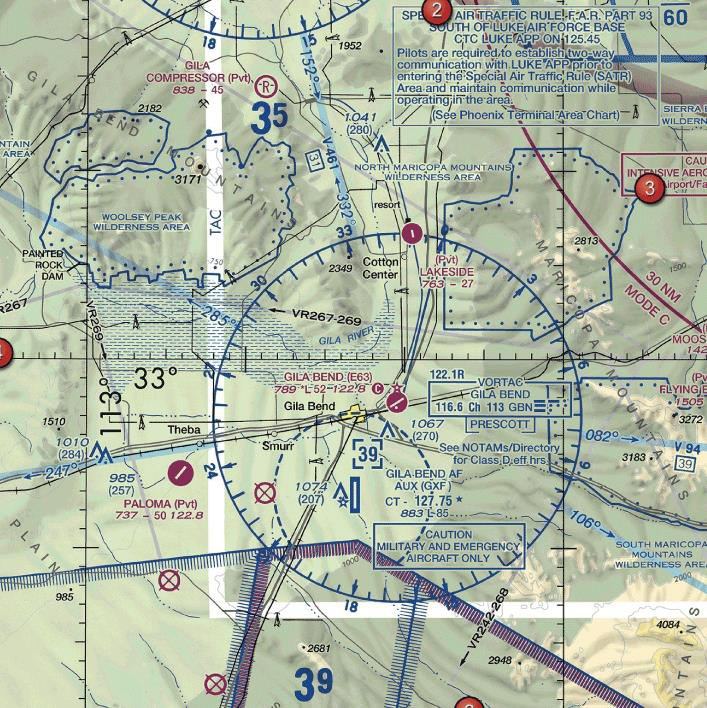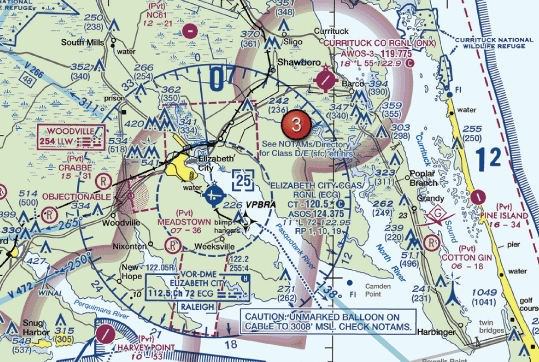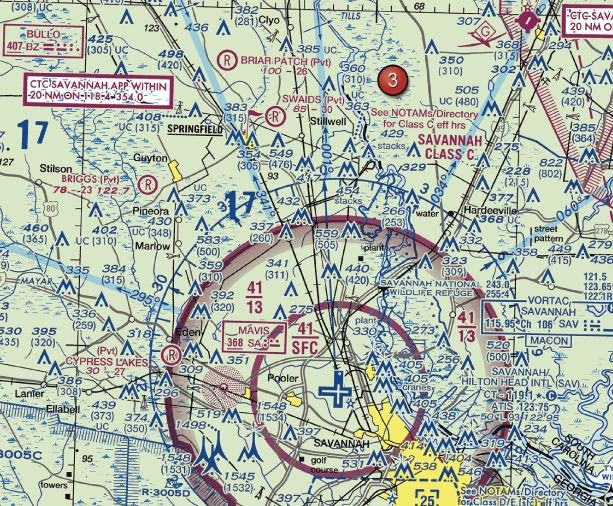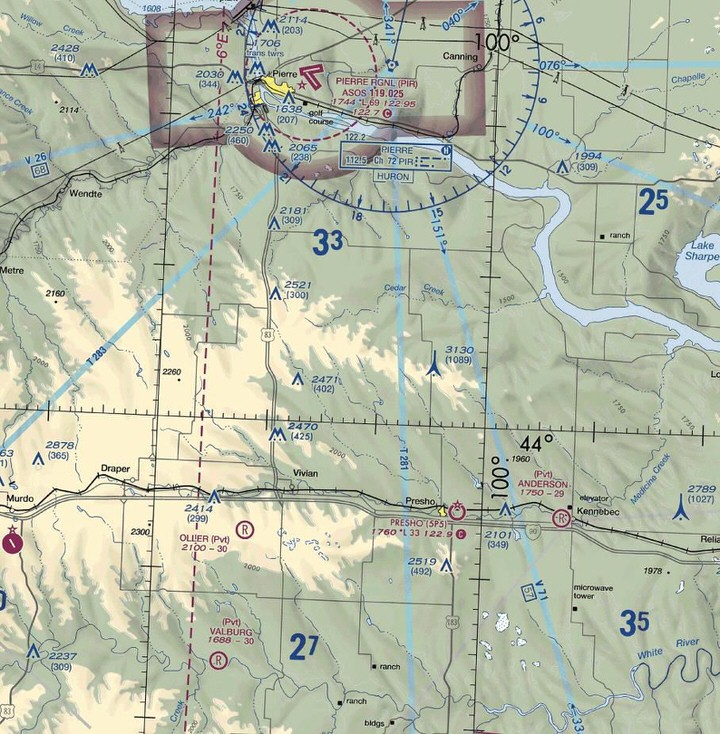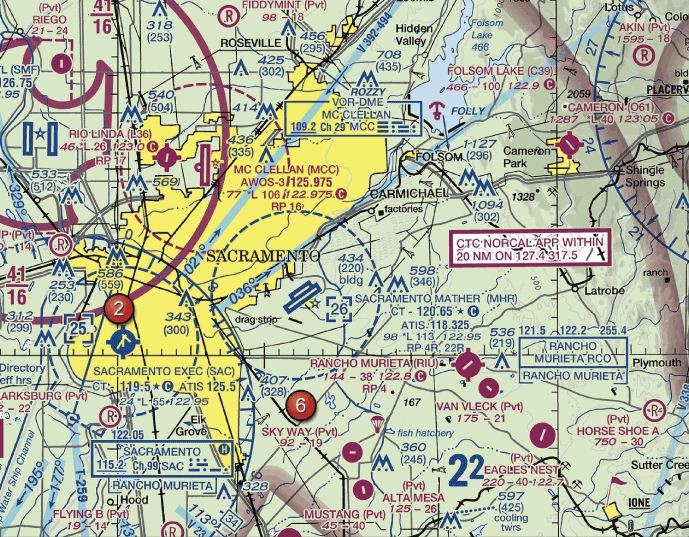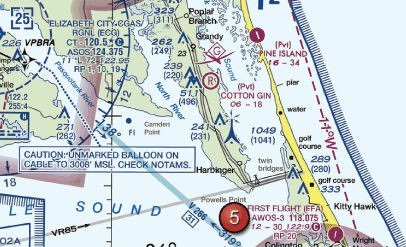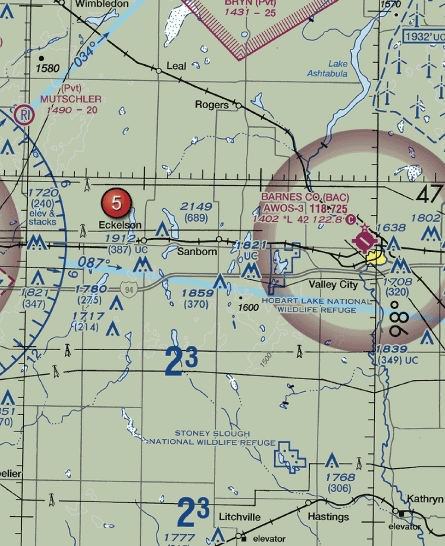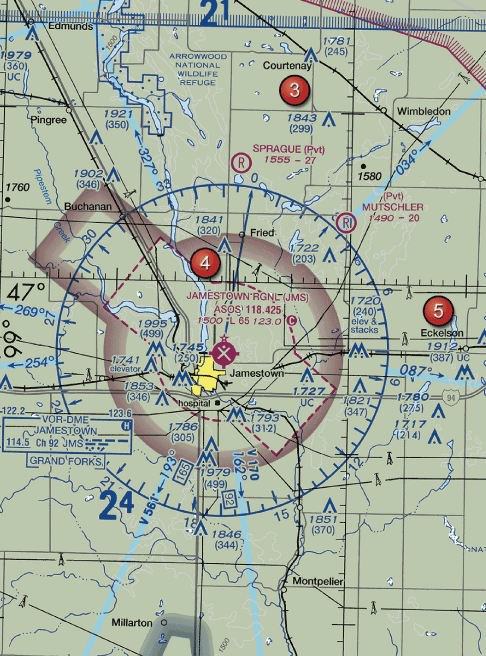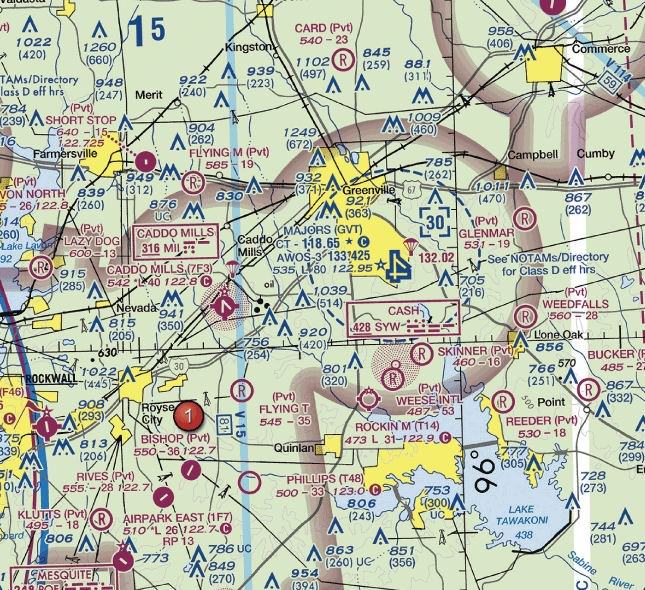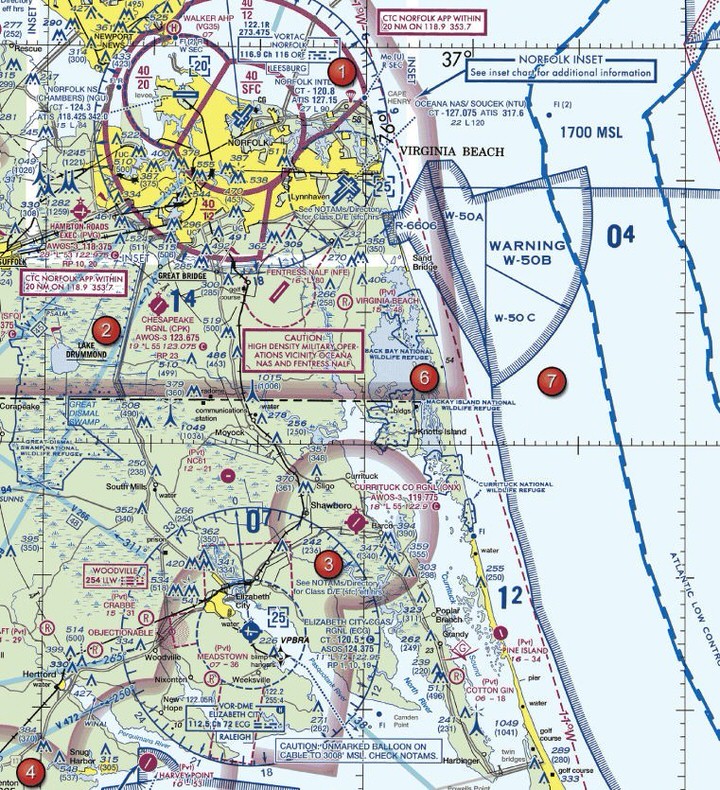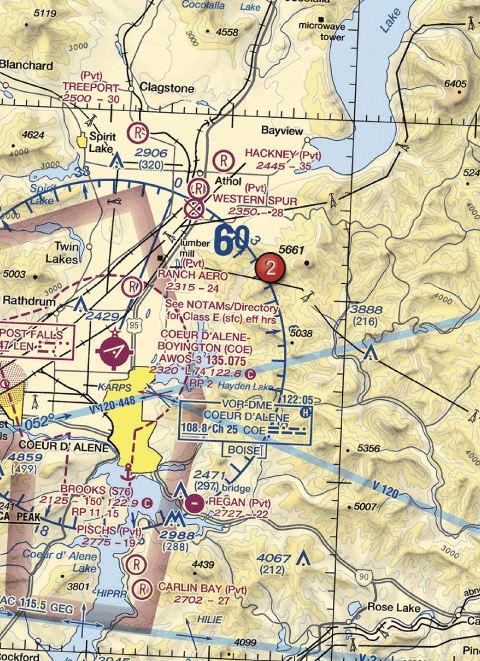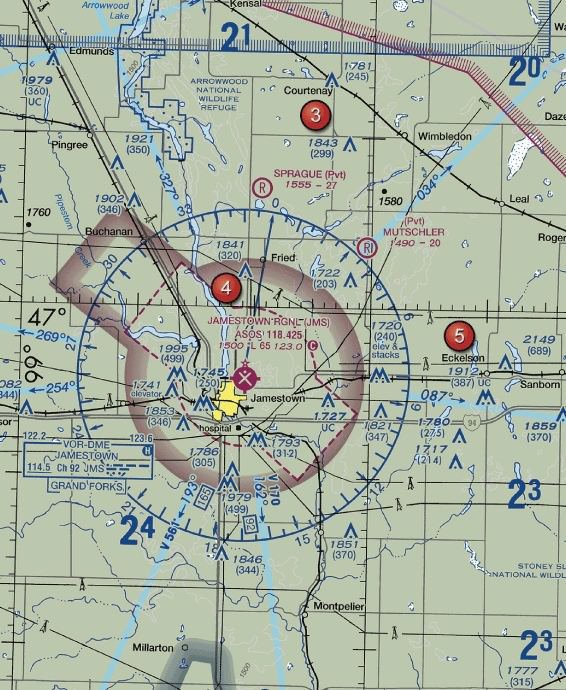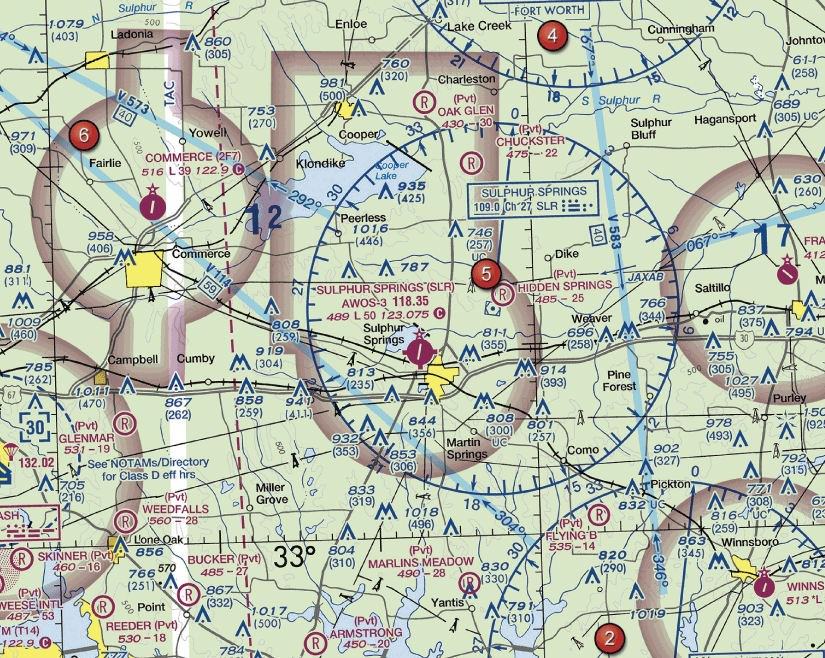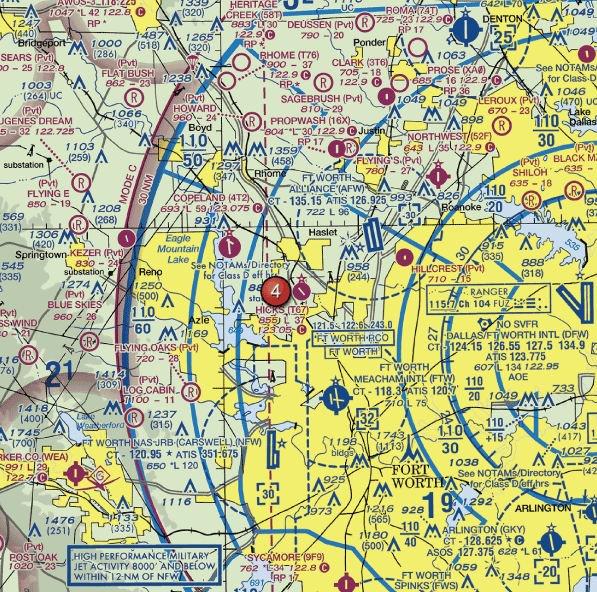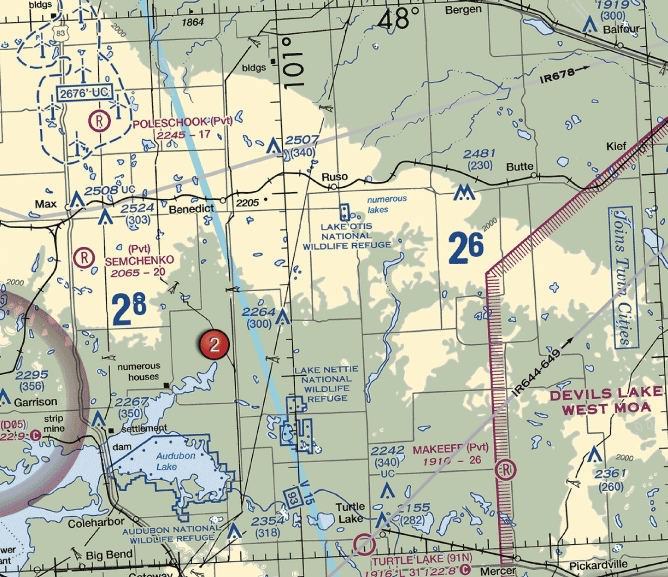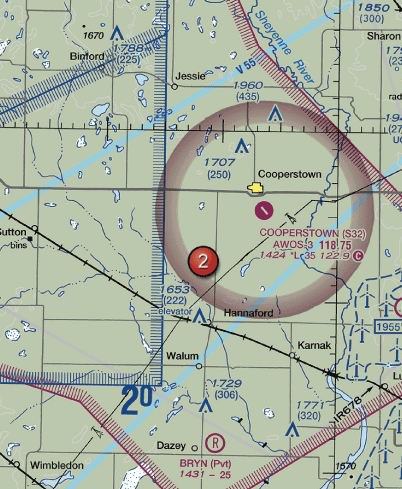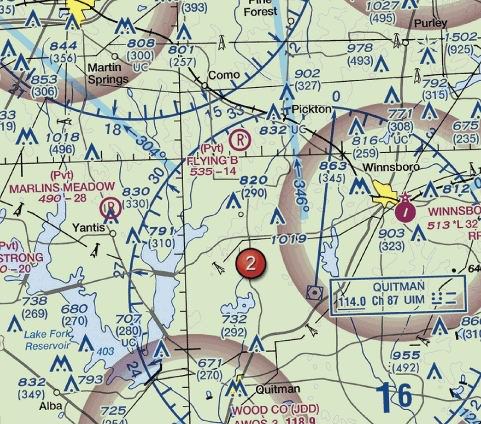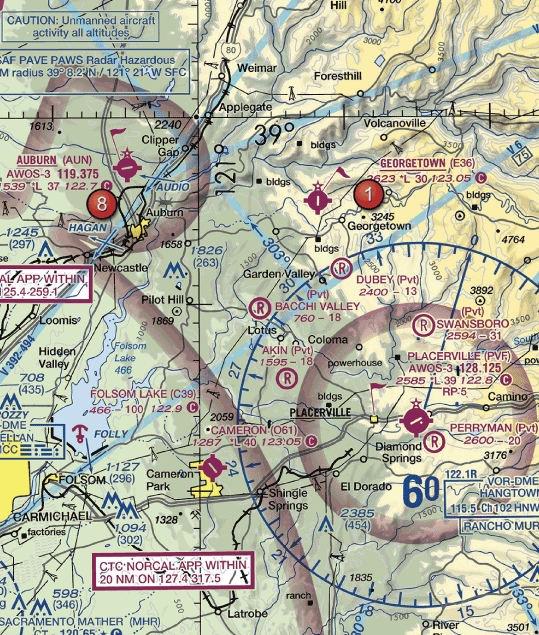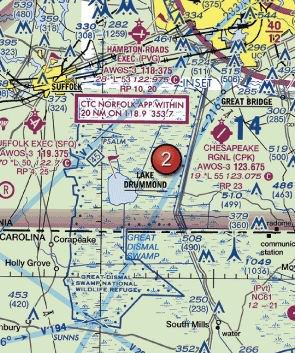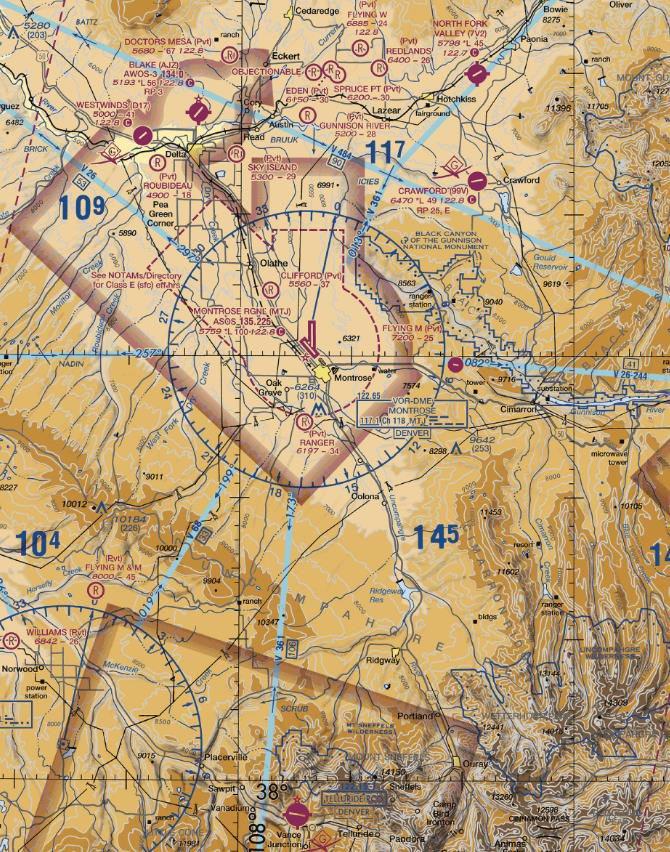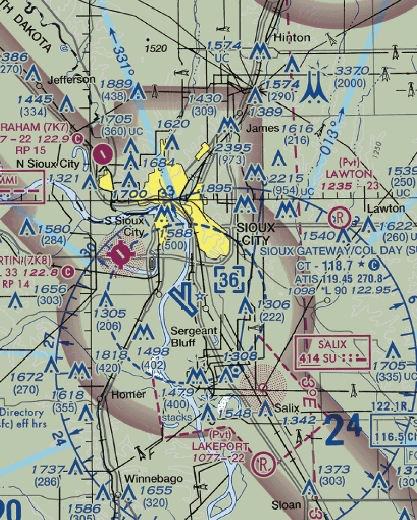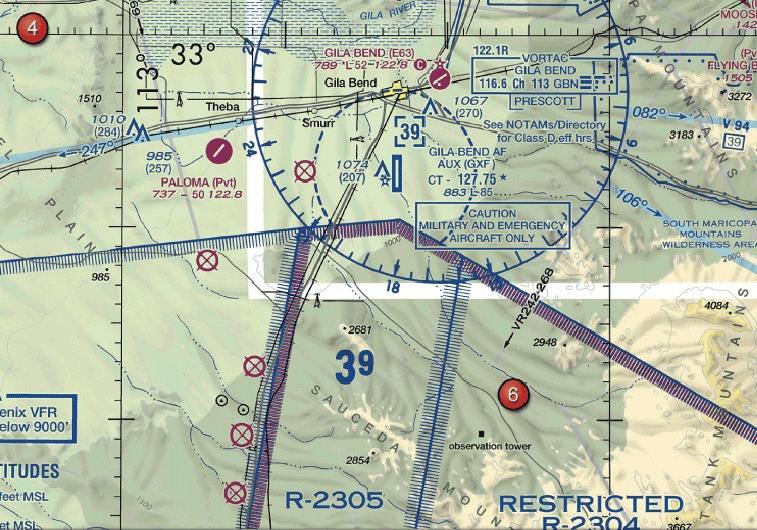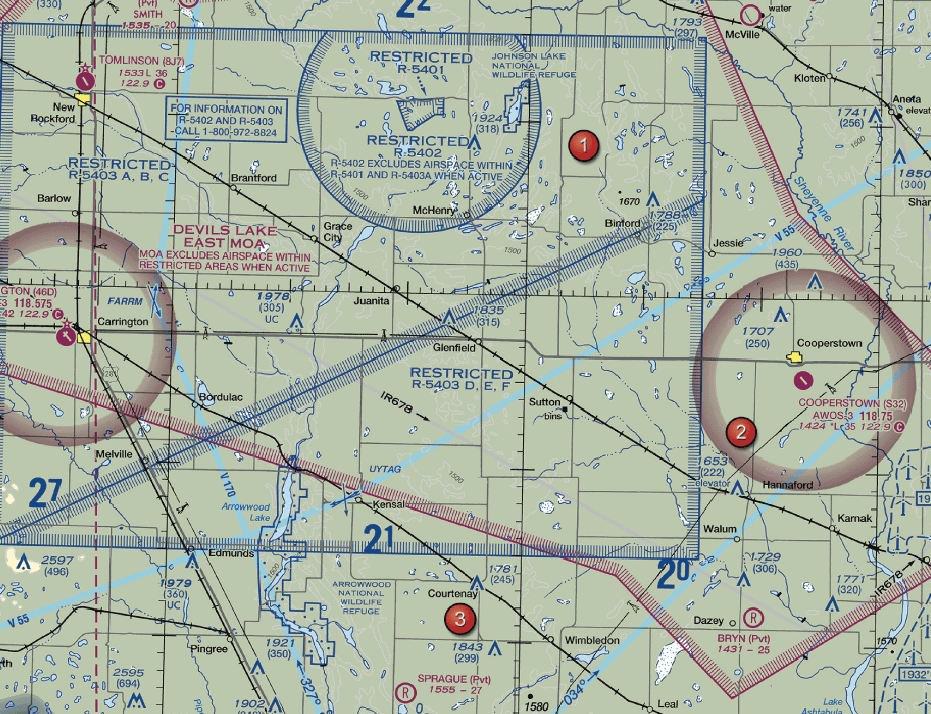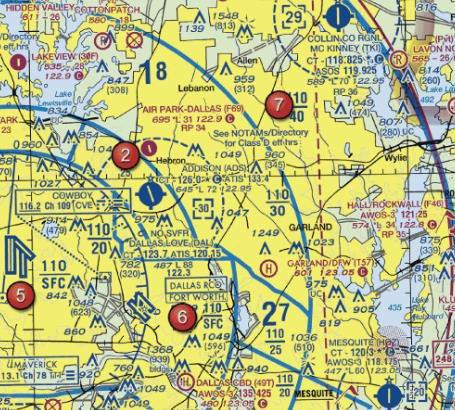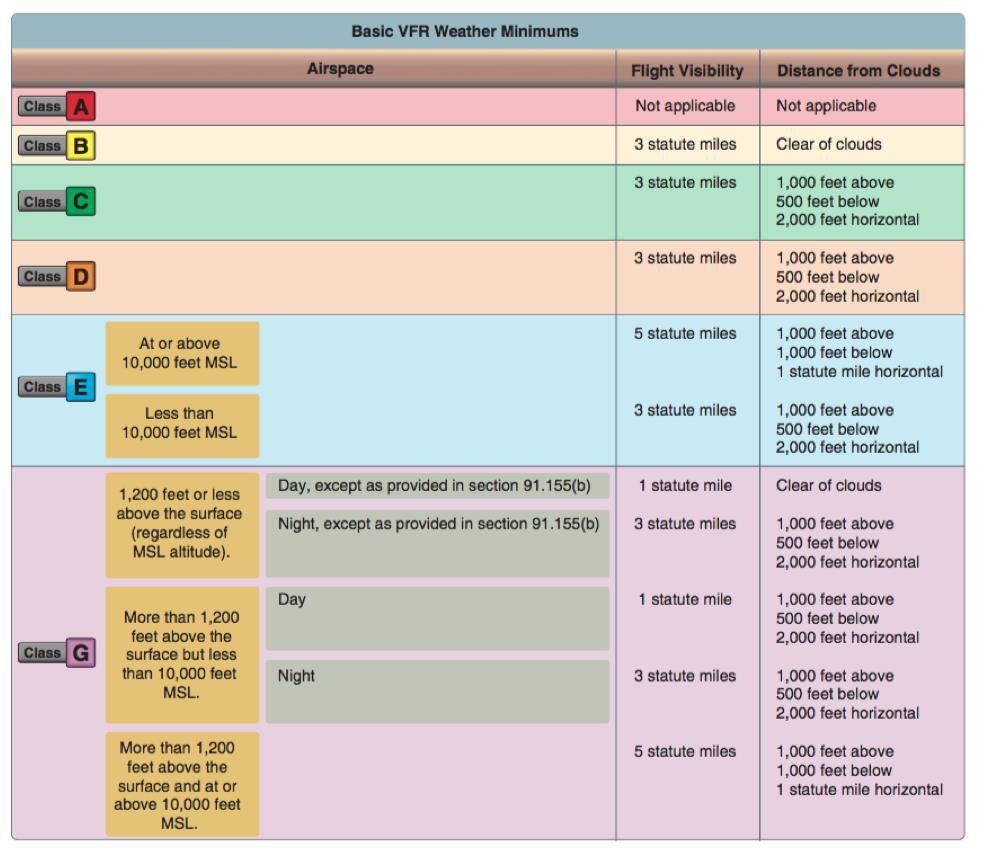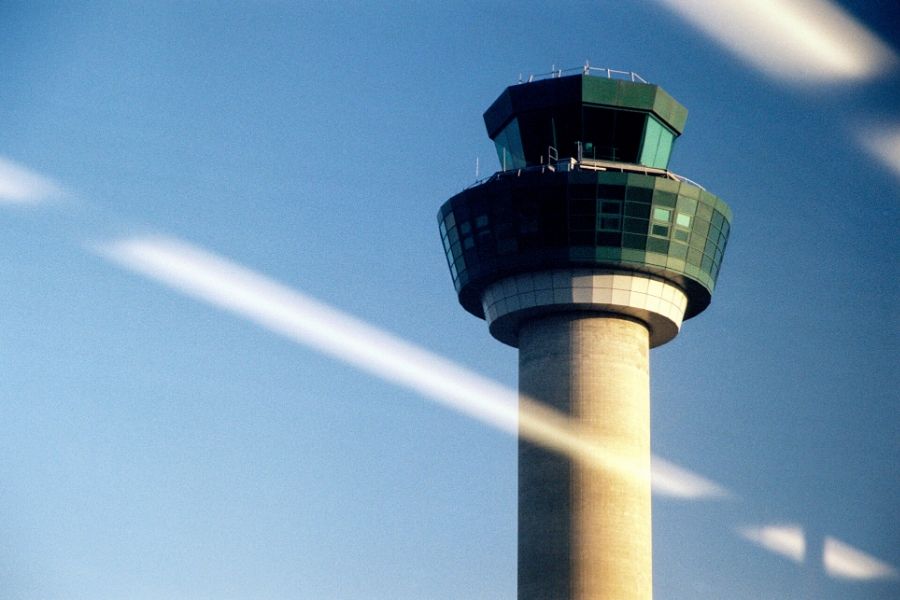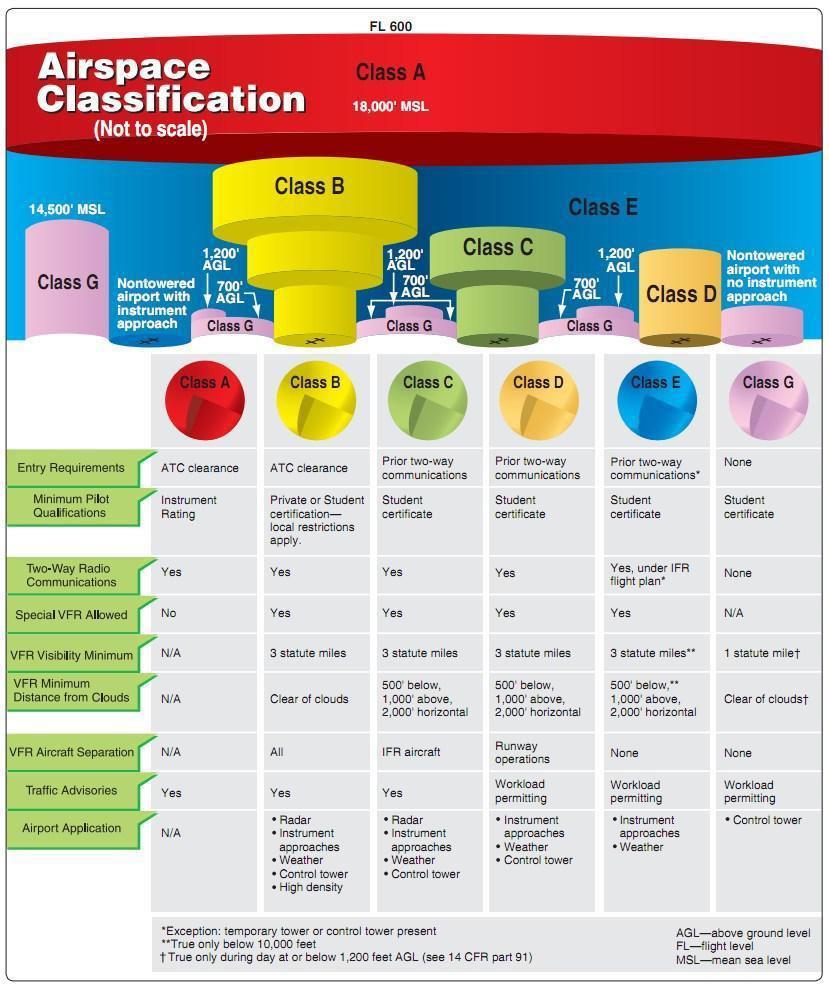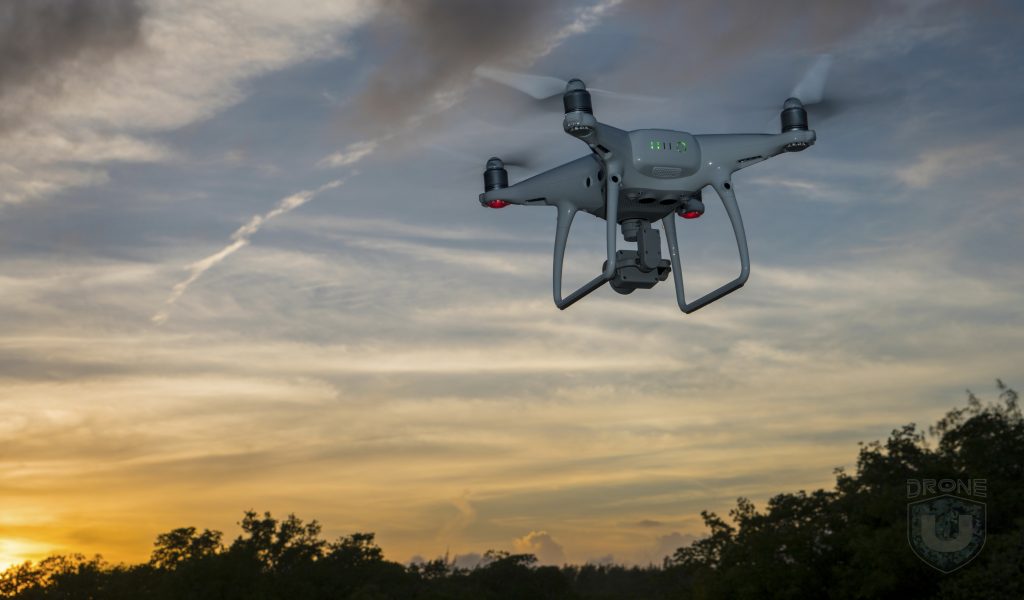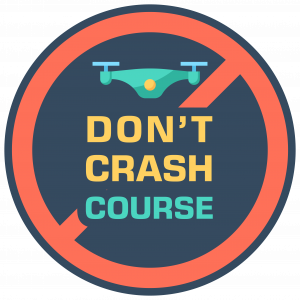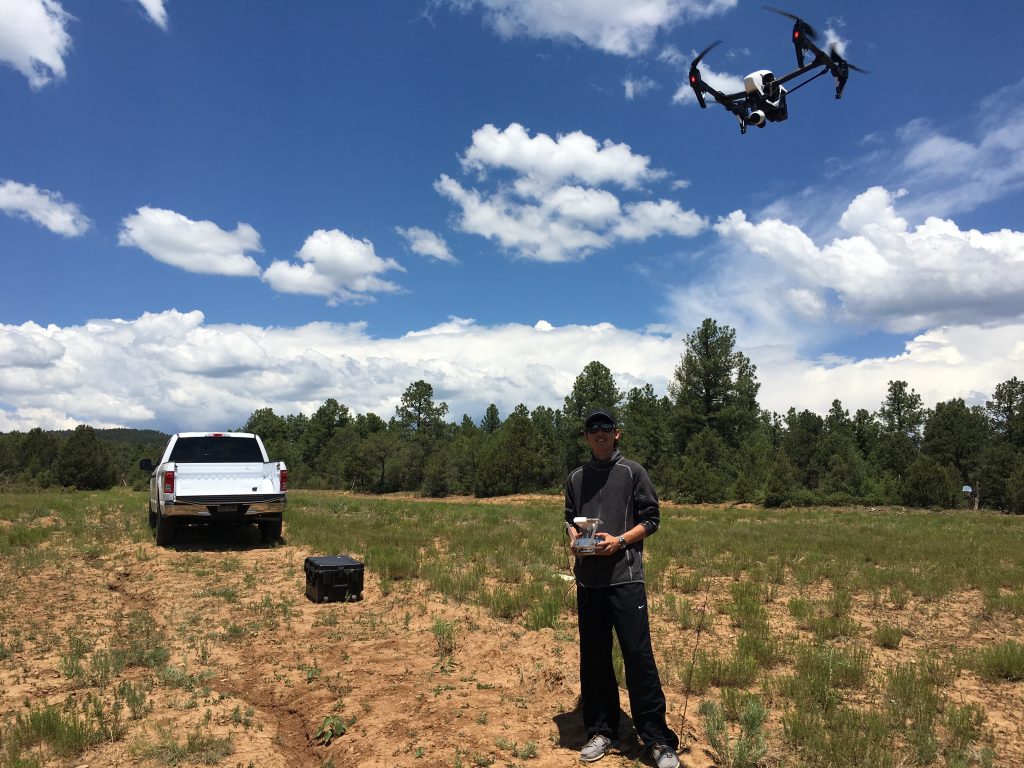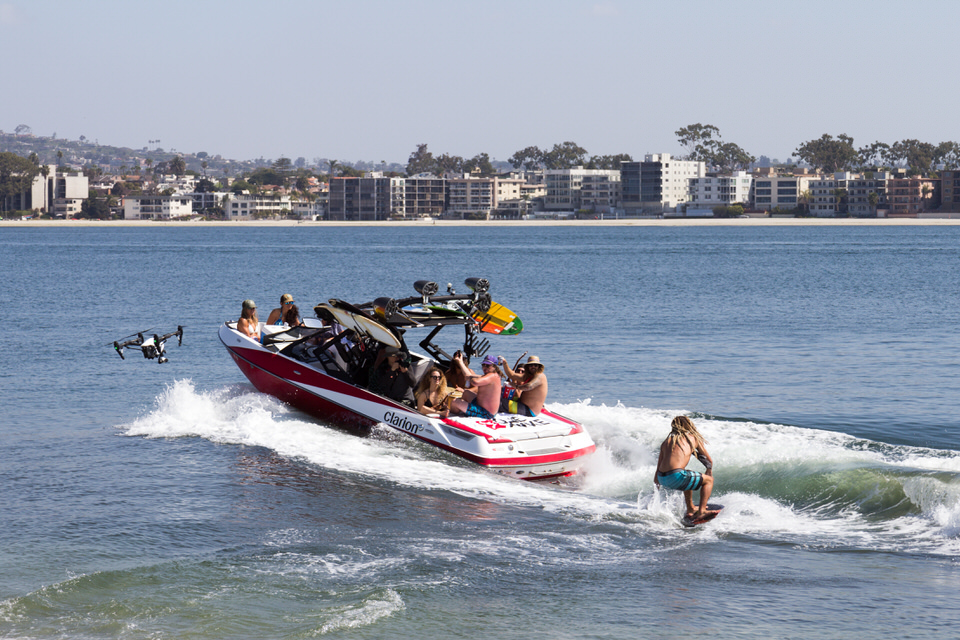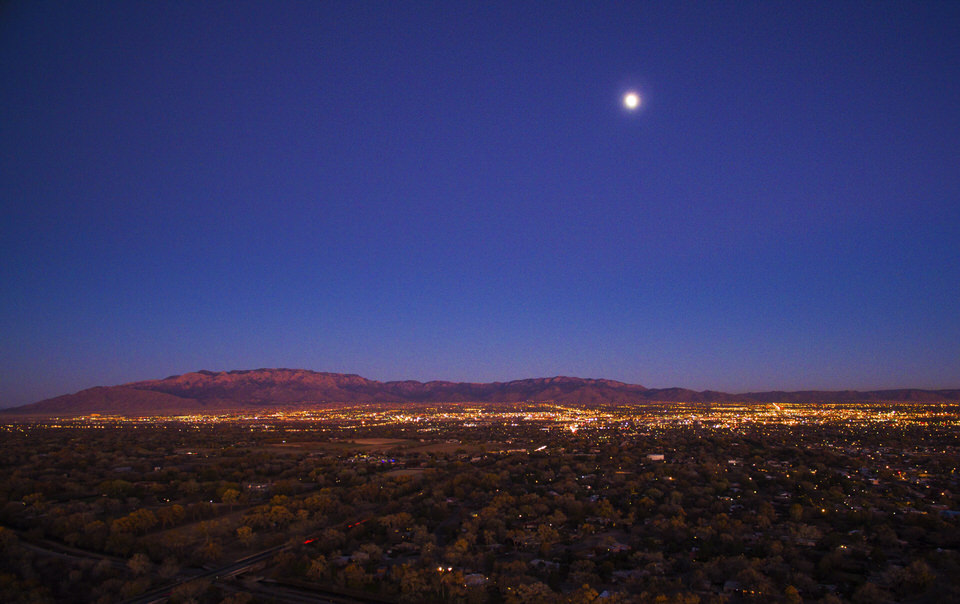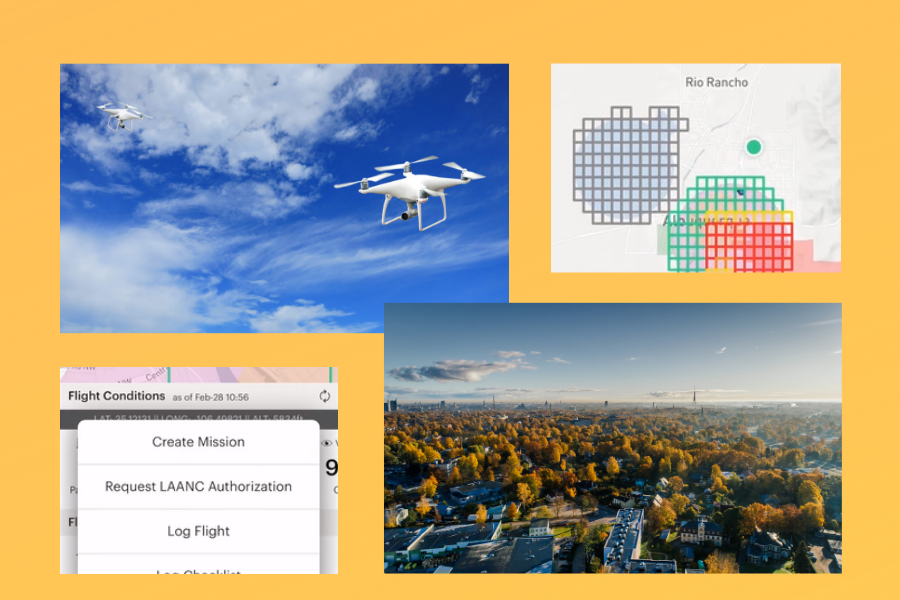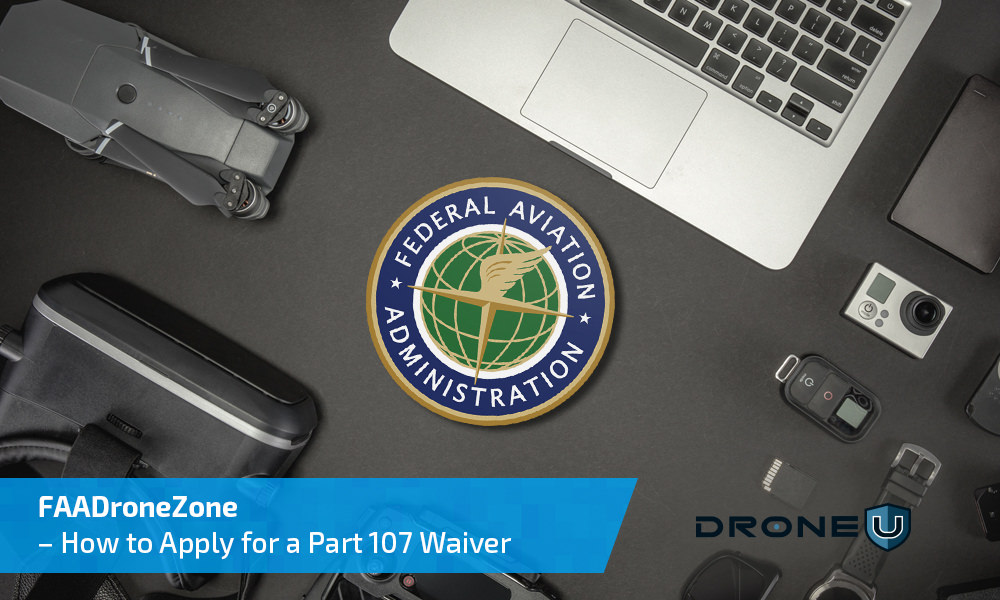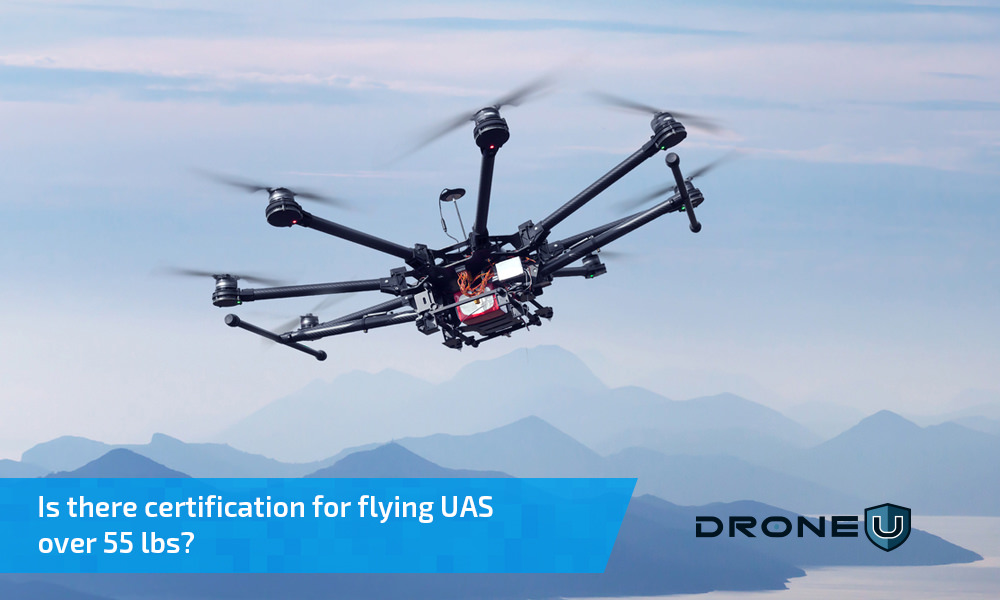QUIZ QUESTIONS – Regulations
1. A professional wildlife photographer operates a sUAS from a moving truck to capture aerial images of migrating birds in remote wetlands. The driver of the truck does not serve any crew member role in the operation. Is this sUAS operation in compliance with 14 CFR Part 107?
- Compliant with Part 107
- Not compliant with Part 107
- Not compliant with state and local traffic laws
2. Remote Pilots are required to complete the following operational area surveillance prior to sUAS flight:
- Make a plan to keep non-participants in viewing distance for the whole operation
- Select an operational area that is populated
- Keep the operational area free of and at an appropriate distance from all non-participants
3. Personnel at an outdoor concert venue use an sUAS to drop promotional t-shirts and CDs over the audience. Is this sUAS operation in compliance with 14 CFR 107?
- No, unless authorized by the venue
- Yes, compliant with Part 107
- Not compliant with Part 107
4. Which of the following crewmembers must be used during Part 107 sUAS operations?
- Remote PIC
- Remote PIC, Visual Observer
- Remote PIC, Visual Observer, Person manipulating the controls
5. The remote PIC may operate how many sUAS at a time?
6. “Unmanned aircraft” is defined as a device operated
- during search and rescue operations other than the public
- without the possibility of direct human intervention from within or on the aircraft
- for hobby and recreational use when not certified
7. Under what conditions may objects be dropped from the sUAS?
- if prior permission is received from the FAA
- in an emergency
- if precautions are taken to avoid injury or damage to persons or property on the surface
8. Unless otherwise authorized, what is the maximum airspeed at which a person may operate an sUAS below 400 feet?
9. When an ATC clearance has been obtained, no remote PIC may deviate from that clearance, unless that pilot obtains an amended clearance. The one exception to this regulation is
- an emergency
- when the clearance states “at pilot’s discretion”
- if the clearance contains a restriction
10. Under what conditions would a small unmanned aircraft not have to be registered before it is operated in the United States?
- When the aircraft has a takeoff weight that is more than .55 pounds but less than 55 pounds, not including fuel and necessary attachments
- When the aircraft weighs less than .55 pounds on take-off, including everything that is on-board or attached to the aircraft
- All small unmanned aircraft need to be registered regardless of the weight of the aircraft before, during, or after the flight
11. According to 14 CFR Part 107, what is required to operate a small unmanned aircraft within 30 minutes after official sunset?
- Use of a transponder
- Must be operated in a rural area
- Use of lighted anti-collision lights
12. Under what circumstances may lithium batteries be carried during sUAS operations?
- Lithium batteries may be carried only when installed as the primary power for the operation
- Lithium batteries are prohibited from sUAS operations
- Lithium batteries may be carried in a sealed storage container away from the sUAS fuel source
13. As a remote pilot with an sUAS rating, under which situation can you deviate from 14 CFR Part 107?
- When conducting public operations during a search mission.
- In response to an in-flight emergency.
- Flying for enjoyment with family and friends.
14. When requesting a waiver, the required documents should be presented to the FAA at least how many days prior to the planned operation?
15. While operating a small unmanned aircraft system (sUAS), you experience a flyaway and several people suffer injuries. Which of the following injuries requires reporting to the FAA?
- Scrapes and cuts bandaged on site
- Minor bruises
- An injury requiring an overnight hospital stay
16. After receiving a Part 107 remote pilot certificate with an sUAS rating, how often must you satisfy recurrent training requirements?
- Every 6 months
- Every 12 months
- Every 24 months
17. A crew conducting surveillance anticipates losing visual line of sight with the sUAS within a small segment of the flight plan. The flight
- may be conducted using binoculars
- must be rerouted to maintain visual line of sight
- may be conducted if the visual line of sight can be maintained for 50% of the route
18. Which of the following individuals may process an application for a Part 107 remote pilot certificate with an sUAS rating?
- Commercial Balloon pilot
- Designated Pilot examiner
- Remote Pilot in command
19. Who holds the responsibility to ensure all crew members who are participating in the operation are not impaired by drugs or alcohol?
- The FAA
- Site supervisor
- Remote Pilot in Command
20. According to 14 CFR Part 48, when must a person register a small UA with the Federal Aviation Administration?
- When the small UA is used for any purpose other than as a model aircraft
- Only when the operator will be paid for commercial services
- All civilian small UAs weighing greater than 0.55 pounds must be registered regardless of its intended use
21. Which preflight action is specifically required of the pilot prior to each flight?
- Check the aircraft logbooks for appropriate entries
- Visually inspect the pilot certificates of all crew members
- Assess the operating environment including local weather conditions, local airspace and any flight restrictions, the location of persons and property on the surface, and other ground hazards
22. Which is true regarding the presence of alcohol within the human body?
- A small amount of alcohol increases vision acuity
- Judgment and decision making abilities can be adversely affected by even small amounts of alcohol
- An increase in altitude decreases the adverse effect of alcohol
23. What actions should pilots take if collision is anticipated?
- The remote pilot should adjust the sUAS course.
- The manned aircraft pilot should give way to the right.
- Both pilots should give way to the right.
24. Which of the following types of operations are excluded from the requirements in 14 CFR Part 107?
- Model aircraft for hobby use
- Quadcopter capturing aerial imagery for crop monitoring
- UAS used for motion picture filming
25. According to 14 CFR Part 48, when would a small unmanned aircraft owner not be permitted to register it?
- All persons must register their small unmanned aircraft.
- The owner is less than 13 years of age.
- If the owner does not have a valid US driver’s license.
26. Each person who holds a pilot certificate, a US driver’s license, or a medical certificate shall present it for inspection upon the request for the Administrator, the National Transportation Safety board, or any
- authorized representative of the Department of State
- federal, state, or local law enforcement officer
- authorized Administrator of the Department of Transportation
27. A person without a Part 107 remote pilot certificate may operate an sUAS for commercial operations
- under the direct supervision of a remote PIC
- only when visual observers participate in the operation
- alone, if operating during daylight hours
28. You plan to operate a 33 lb SUAS to capture aerial imagery over real estate for use in sales listings. What FAA regulation is this sUAS operation subject to?
- 14 CFR Part 101
- 14 CFR Part 107
- This operation is not subject to FAA regulations
29. According to 14 CFR Part 107, the responsibility to inspect the small unmanned aircraft system (sUAS) to ensure it is in safe operating condition rests with the
- Remote Pilot in Command
- Owner of the sUAS
- Visual Observer
30. In accordance with 14 CFR Part 107, at what maximum altitude can you operate an sUAS when inspecting a tower with a top at 1,000 AGL at close proximity (within 100 feet)?
- 1,400 feet MSL
- 1,400 feet AGL
- 400 feet AGL
31. You wish to start a local delivery business using a sUAS to drop small packages at the front door of customer. The customer’s residence is not always within visual line-of-sight (VLOS) of the Remote PIC located at the delivery facility. Under which circumstances would this be authorized?
- With a waiver from the FAA
- By utilizing a vehicle to follow the sUAS while en-route to maintain VLOS
- There is currently no way to do this in compliance with AC 107-2
32. What action, if any, is appropriate if the remote pilot deviates from Part 107 during an emergency?
- Take no special action since you are pilot-in-command
- File a report to the FAA Administrator, as soon as possible
- File a detained report to the FAA Administrator, upon request
33. You are part of a news crew, operating an sUAS to cover a breaking story. You experience a flyaway during landing. The unmanned aircraft strikes a vehicle, causing approximately $800 worth of damage. When must you report the accident to the FAA?
- Within 10 days
- Anytime
- Not to exceed 30 days
34. Under Title 14 of the Code of Federal Regulations what is the maximum penalty for falsification, alteration or fraudulent reproduction of certificates, logbooks, reports, and records?
- Ineligibility to receive a certificate or rating for one year
- Suspension or revocation of any certificate held
- Imprisonment for 1 year and a $5,000.00 fine
35. When must a current remote pilot certificate be in the pilot’s personal possession or readily accessible in the aircraft?
- Anytime when acting as pilot-in-command or as a required crew member
- When acting as a crew chief during launch and recovery
- Only when a payload is carried
36. If sunset is 2021 and the end of evening civil twilight is 2043, when must a remote pilot terminate the flight?
37. To avoid a possible collision with a manned airplane, you estimate that your small unmanned aircraft climbed to an altitude greater than 600 feet AGL. To whom must you report the deviation?
- Upon request of the Federal Aviation Administration
- The National Transportation Safety Board
- Air Traffic Control
38. To satisfy medical requirements, all sUAS crew members must
- Hold a valid third-class medical certificate
- Complete a physical with an Aviation Medical examiner
- Be free of any physical or mental condition that would interfere with the safe operation of the small unmanned aircraft system
39. A law enforcement officer witnesses careless or reckless behavior while observing sUAS operations and requests the operator submit to a drug or alcohol test. What are the consequences if this request is denied?
- The operator may have their remote pilot certificate with sUAS rating suspended or revoked.
- The operator may be denied an application for a remote pilot certificate for up to 30 days.
- The operator may have to pay a fine but their remote pilot certificate will not be affected.
40. No person may attempt to act as a crew member of a sUAS with
- .004 percent by weight or more alcohol in the blood
- .04 percent by weight or more alcohol in the blood
- 4 percent by weight or more alcohol in the blood
41. Which crew member must hold a remote pilot certificate with a sUAS rating?
- Person manipulating the controls
- Visual Observer
- Remote pilot-in-command
42. What speed limit applies to sUAS operations?
43. Whose sole task during an sUAS operation is to watch the sUAS and report potential hazards to the rest of the crew?
- Visual Observer
- Remote pilot-in-command
- Person manipulating the controls
44. According to 14 CFR Part 107, an sUAS is an unmanned aircraft system weighing
- Less than 55 lbs
- 55 kg or less
- 55 lbs or less
45. Which of the following operations is compliant with 14 CFR Part 107?
- Remote PIC is driving a moving vehicle while operating a sUAS in a sparsely populated area
- Remote PIC is a passenger on an aircraft in flight while operating a sUAS
- Remote PIC is a passenger on a moving boat while operating a sUAS in an unpopulated area
46. In accordance with 14 CFR Part 107, you may operate a sUAS from a moving vehicle when no property is carried for compensation or hire
- Over a sparsely populated area
- Over suburban areas
- Over a parade or other social event
47. The FAA may approve your application for a waiver of provisions in Part 107 only when it has been determined that the proposed operation
- Involves public aircraft or air carrier operations
- Can be safely conducted under the terms of that certificate of waiver
- Will be conducted outside the United States
48. Within how many days must a sUAS accident be reported to the FAA?
49. Which of the following operations would be regulated by 14 CFR Part 107?
- Conducting public operations during a search mission.
- Flying for enjoyment with family and friends.
- Operating your sUAS for an imagery company.
50. Which action is specifically required of the remote pilot prior to each flight?
- Make a plan to keep non-participants clear, indoors, or under cover.
- Check the aircraft logbooks to ensure maintenance is current.
- Identify a non-participant who will be near the sUAS operation to help with and see and avoid procedures.
51. Which of the following would medically disqualify a Remote pilot?
- Taking a prescription medication that does not have any noticeable side effect
- A migraine headache with the side effect of blurred vision
- Occasional muscle soreness following exercise
52. What may be used to assist compliance with sUAS see-and-avoid requirements?
- Binoculars
- Remote pilot diligence
- First-person view camera
53. As you are flying your sUAS, valued at $1000, over a home to photograph it for real estate sales purposes, the sUAS has a failure causing it to fall onto an awning, causing some minor damage. The fair market value of the awning is $800 but it can be repaired for $400. What type of report is required?
- No report is required.
- A sUAS accident report to the FAA, within 10 days of operation.
- A sUAS incident report to the FAA, within 10 days of the operation.
54. Who is responsible for ensuring that there are enough crew members for a given sUAS operation?
- Person manipulating the controls.
- Visual Observer.
- Remote Pilot in Command.
55. If a certified pilot changes permanent mailing address and fails to notify the FAA airmen Certification Branch of the new address, the pilot is entitled to exercise the privileges of the pilot certificate for a period of only
- 60 days after the move
- 30 days after the date of the move
- 90 days after the move
56. A person may not act as a crew member of the sUAS if alcoholic beverages have been consumed by that person within the preceding
- 8 hours
- 12 hours
- 24 hours
57. In accordance with 14 CFR Part 107, except when within a 400-foot radius of a structure, at what maximum altitude can you operate sUAS?
- 600 feet AGL
- 400 feet AGL
- 500 feet AGL
58. Which crew member is required to be under the direct supervision of the remote PIC when operating an sUAS?
- Remote pilot-in-command
- Person manipulating the controls
- Visual Observer
59. Which aircraft has right-of-way over other traffic?
- An sUAS
- A quadcopter
- An airplane
60. The basic weather minimums for operating a sUAS up to the 400 AGL limit are
- 900 foot ceiling and 3 mile visibility
- 2000 foot ceiling and 1 mile visibility
- Clear of clouds and 2 mile visibility
61. You are operating a 1280 g (2.8 lb) quadcopter for your own enjoyment. What FAA regulation is this sUAS operation subject to?
- 14 CFR Part 107
- This operation is not subject to FAA regulations
- 14 CFR Part 101
62. Except when necessary for takeoff or landing, what is the minimum safe altitude required for a remote pilot to operate an sUAS over people?
- An altitude allowing, if a power unit fails, an emergency landing without undue hazard to person or property on the surface.
- You may not operate an sUAS over people who are not part of the sUAS operation.
- An altitude of 200 feet above the highest obstacle within a horizontal radius of 1000 feet.
63. You have accepted football tickets in exchange for using your sUAS to videotape a future construction zone. What FAA regulation is this sUAS operation subject to?
- 14 CFR Part 107
- 14 CFR Part 101
- This operation is not subject to FAA regulations
64. When using a small unmanned aircraft in a commercial operation, who is responsible for informing the participants about emergency procedure?
- The lead visual observer
- Remote Pilot in Command
- The FAA inspection-in-charge
65. An autonomous operation requires the following crew members.
- Remote PIC, Visual observer
- Remote PIC
- Remote Pilot, visual observer, person manipulating the controls
66. Power company employees use a sUAS to inspect a long stretch of high voltage powerlines due to muddy condition, their vehicle must stay beside the road and the crew must use binoculars to maintain visual line of sight with the aircraft. Is this sUAS operation in compliance with 14 CFR Part 107?
- No, the operation is not in compliance with Part 107.
- Yes, the operation is in compliance with Part 107.
- There is not enough information to make a determination.
67. Who is ultimately responsible for preventing a hazardous situation before an accident occurs?
- Person manipulating the controls
- Visual Observer
- Remote Pilot in Command
68. If you are caught smoking marijuana the FAA will
- Send you to a drug treatment center
- Issue an immediate suspension or revocation of your pilot certificate
- Deny all future pilot applications
69. Sunrise is 0645. When can you launch your sUAS operation?
70. Which of these operations must comply with 14 CFR Part 107?
- Civil operations
- Civil and public operations
- Public and military operations
71. If requested, to whom must I present my Remote Pilot Certificate?
- A person of authority
- FAA Inspector
- Authorized representative of the Department of State
72. What FAA resource can pilots reference to learn more about the impact of drugs and alcohol on flight?
- The Pilot’s Handbook of Aeronautical Knowledge
- The Pilot Operating Handbook
- NOTAMs
73. When can someone with a marijuana conviction apply for a Remote Pilot certificate?


